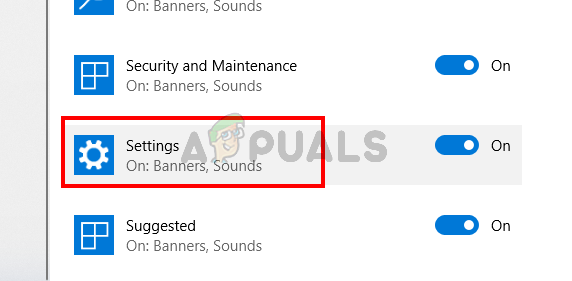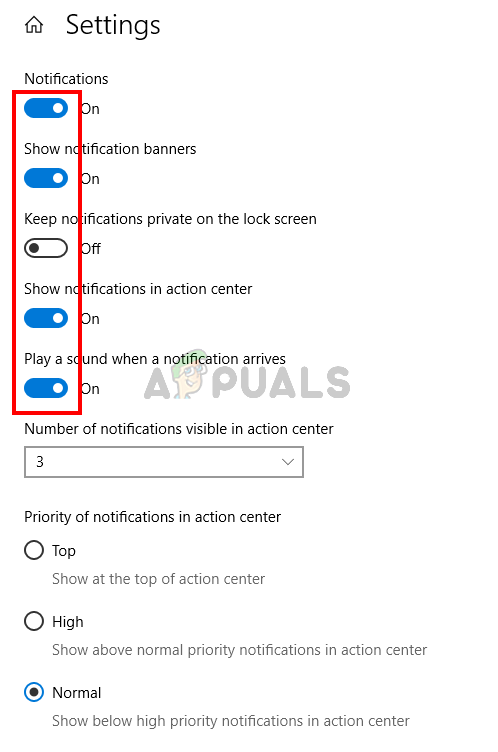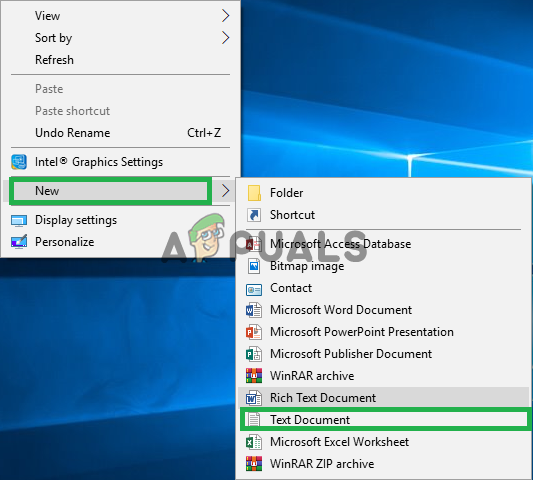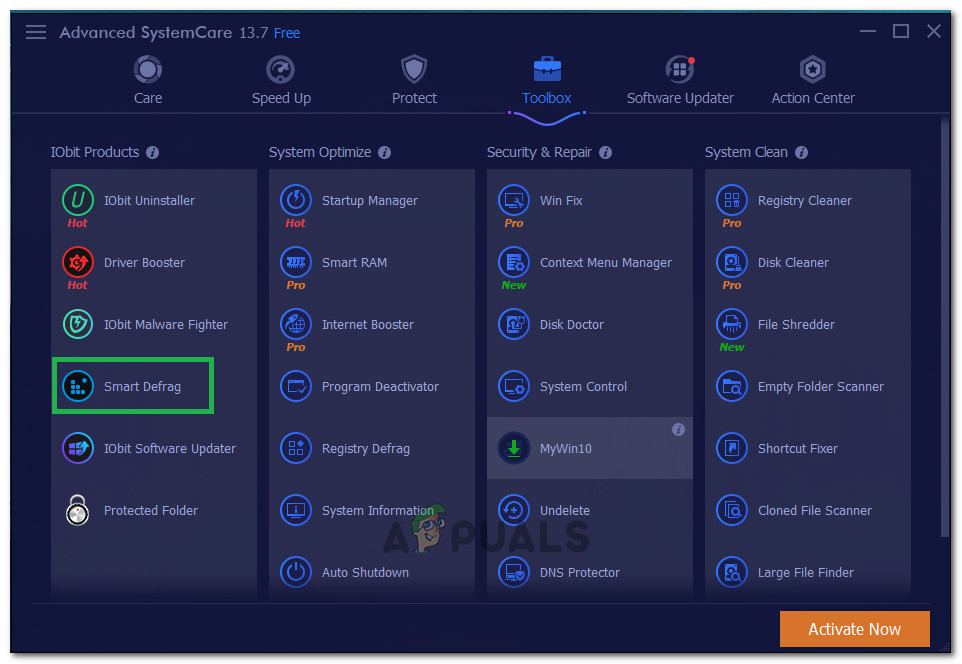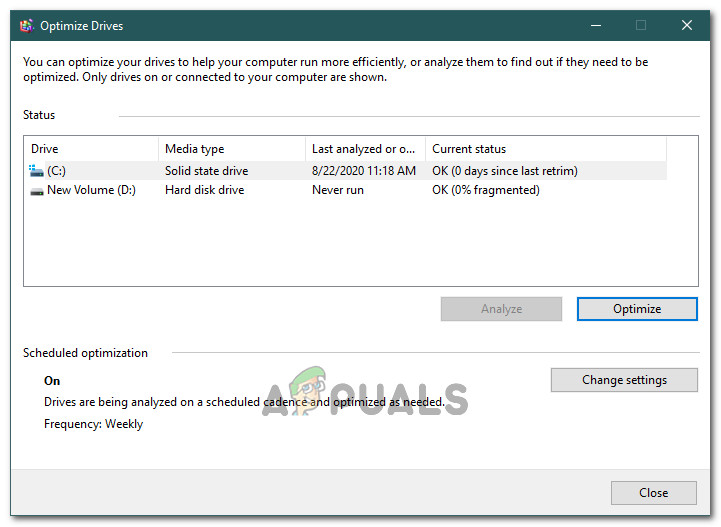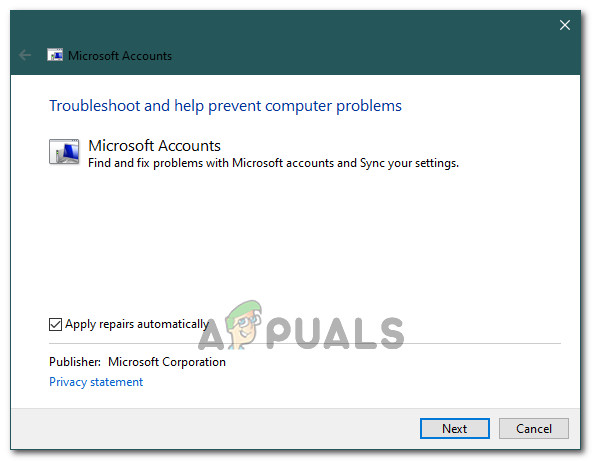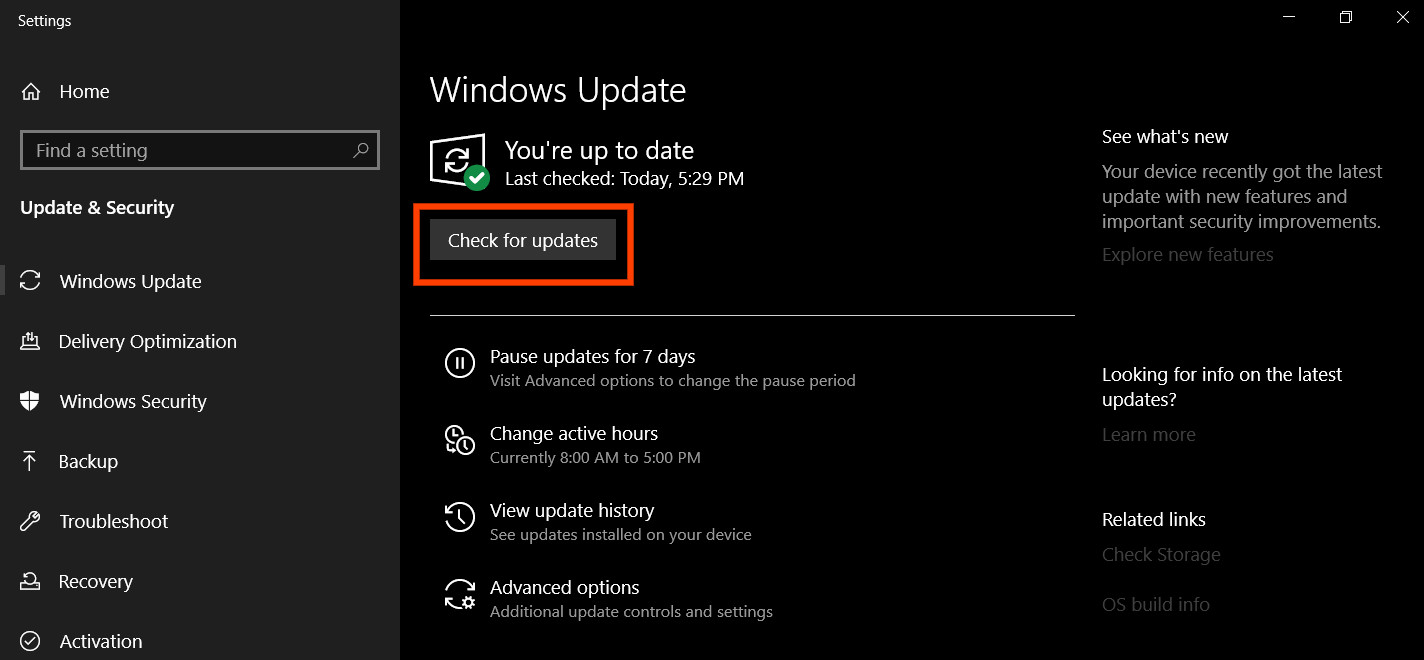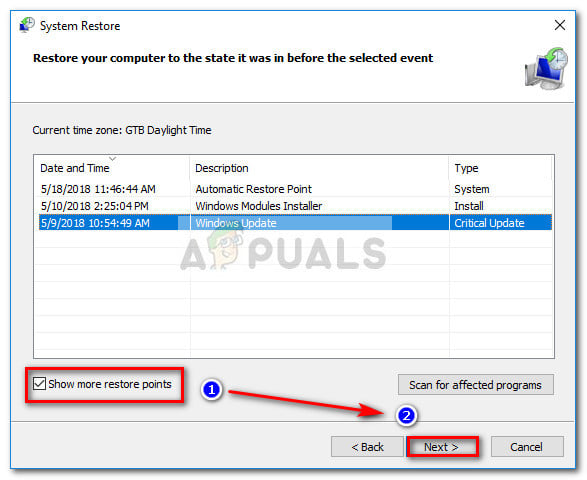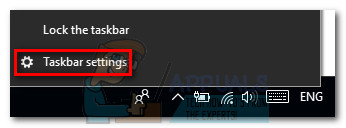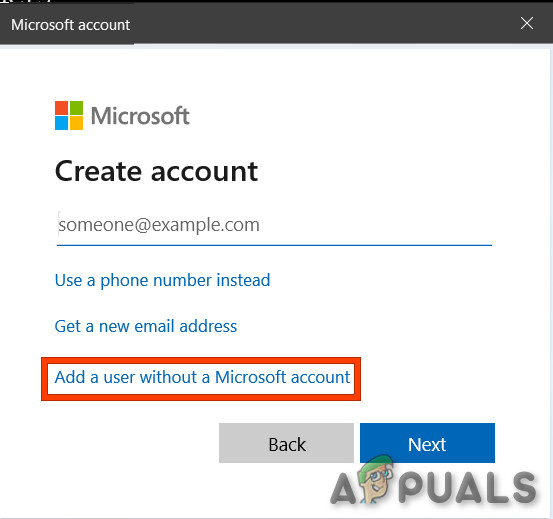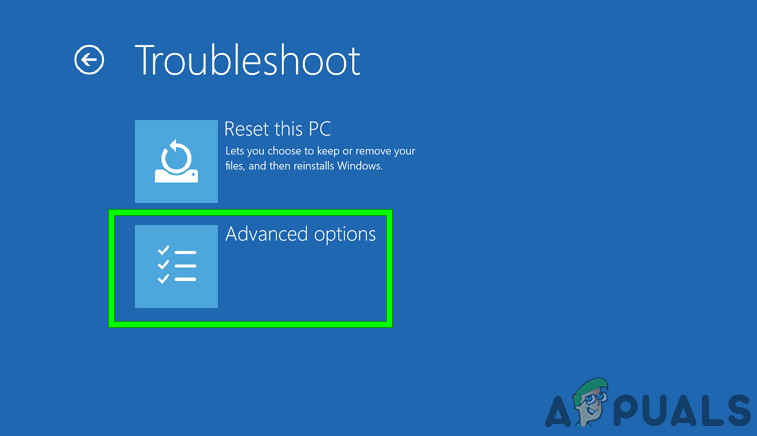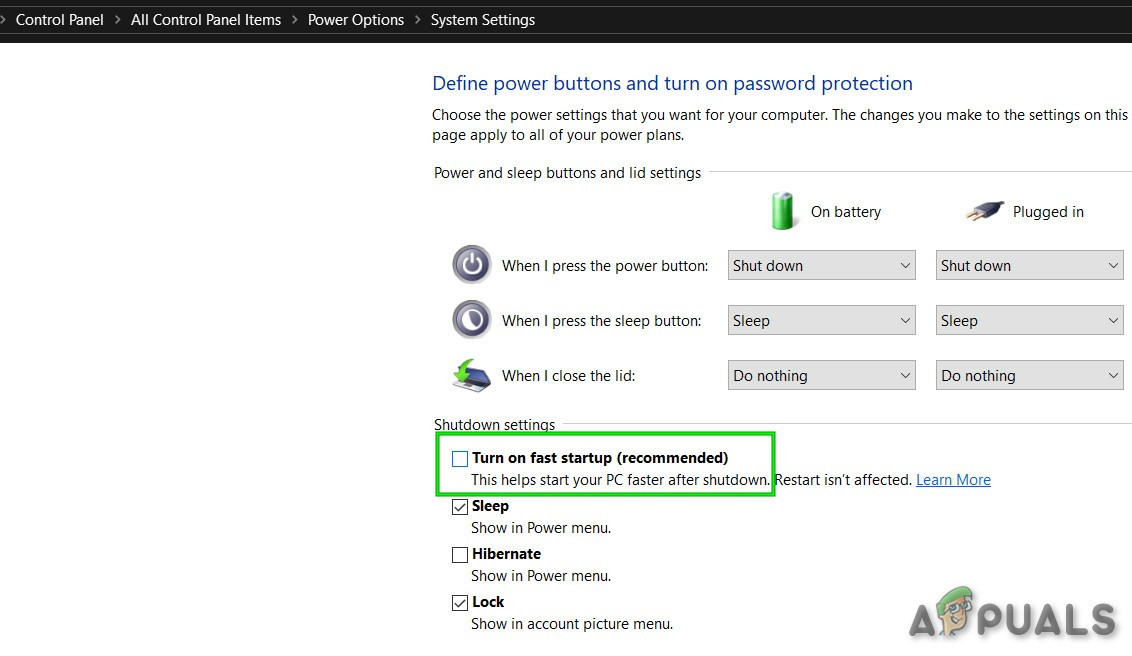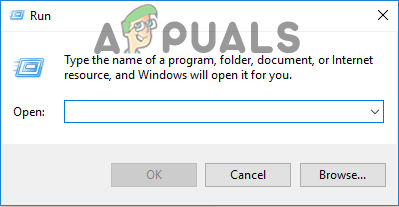You will, however, see the notification count increment by 1. This means that the Windows 10 notifications aren’t completely broken i.e. you are getting the notification but they aren’t showing as alerts. Users who experienced this also noticed that the notifications weren’t showing up in the action center as well. So, the notification won’t show an alert and it won’t show up in the action center but the counter will be incremented. You should also keep in mind that this isn’t specifically applicable to a single (or a few) apps. The Windows notifications won’t work for any app or any alert at all.
What causes Windows 10 Notifications to stop working?
The main reason, as mentioned above, is the Windows update. This problem usually starts happening after a Windows Update. The solution for this is to turn a certain setting on. So the most logical explanation is that the latest Windows update might have turned it off. Before continuing, verify that you haven’t manually disabled Windows 10 notifications.
Method 1: Enable Let Apps run in the background
There is an option in the Windows privacy settings that allow users to select whether the apps should run in the background or not. Enabling this option will let the apps run in the background and, therefore, show the notifications. Simply follow the steps given below That’s it. Reboot and the issue should be fixed after the restart. Note: If this doesn’t solve the issue then simply wait for the next Windows Update. If you can, report the bug in the Windows Feedback hub. The issue will most likely get fixed in the upcoming updates.
Method 2: Turn on Notifications for Specific Apps
Sometimes the issue isn’t an issue at all. Sometimes we forget to turn on the notifications or a Windows Update simply changes the settings. So, making sure that the notifications are turned on for your system is the first step. We will also make you go through a series of steps that will help you check whether the notifications are on for specific apps. Sometimes the notifications are on but not for every app. So, if you are experiencing an issue with only a couple of apps then that will be resolved by these steps. Once done, check if the issue is resolved Note: If the issue isn’t resolved then follow the steps given above until step 5. Then click Settings from the list and make sure all the essential settings are turned on e.g. show notifications in action center, Play a sound when a notification arrives, etc.
Method 3: Turn on/off Notifications via Registry
You can also turn on/off the notifications for all apps via the registry editor. The registry method is a bit tedious and technical so we have provided a bat file. All you have to do is download the files and double click. The file will automatically do the job for you. Now check and the notifications should be working fine. Although this file turns on the notifications for all apps and senders, you can still follow the steps given in method 2 and change various other settings according to your liking. You can reverse the changes by double-clicking the Turn_Off_App_Notifications.reg (it should be in the downloaded zip file). This will turn off the notifications for all the apps. The process is the same, download and double-clicking to run the file and you should be good to go.
Method 4: Adding Action Center through Power Shell
In some cases, the issue might be triggered if the Windows 10 Action center has somehow been disabled or if it is being interfered with on your computer through a third-party app or service. Therefore, in this step, we will be disabling the Windows 10 Action center from the Powershell window and then we will check to see if doing so fixes the issue.
Method 5: Performing an SFC Scan
In some cases, certain Windows services or drivers might’ve gotten broken or corrupted due to which the Windows Notifications aren’t working. Therefore, in this step, we will be performing an SFC scan to fix this issue by automatically checking and replacing any corrupted system files. In order to do so, follow the steps listed as follows.
Method 6: Reconfigure Registry Settings
If the above registry fix doesn’t work for you, we can try to manually reconfigure some registry settings in an attempt to fix the Windows notifications. In this step, we will be changing the value of a registry entry that should be responsible for sending notifications to the Windows 10 action center. In order to do so, follow the steps below.
Method 7: Run DISM Scan
In some situations, the Drive health or partition system on your computer might’ve been damaged which can in some cases interfere with system functions. Therefore, in this step, we will be running a complete DISM scan to fix the Windows 10 Notifications not working and the action center notifications not working issue. Make sure to follow the steps below to run this scan.
Method 8: Restart Windows Explorer
In some situations, the Windows Explorer might get glitched due to which the file sorting system and notifications on the computer might not work properly because the computer gets confused between the timelines. Therefore, in this step, we will be restarting the Windows Explorer and then we will check to see if doing so fixes the notifications not working issue. For that: Some users reported that this fix worked for them but they had to repeat it after a while to get their notifications working again. Therefore, we can create a batch file to execute on Windows that will automatically perform these steps on our computer and we will not have to repeat them again and again. For that:
Method 9: Using Third-Party Tool
In some cases, the HDD or SSD that you might be using as your partition might need to be defragged and due to the delay in this process by the default Windows defragger, you might be getting issues such as the Windows 10 Notifications not working and other errors. Therefore, in this step, we will be using a third-party tool called the Advanced System Care tool to perform a Smart Defrag on our partition and that should hopefully get rid of this issue. However, before doing so, we will have to download and install it on our computer. For that:
Method 10: Optimize Disk Drive
In some cases, the root partition of your computer where you have installed the Windows 10 operating system might’ve acquired some bad sectors or it must be badly optimized due to which you are running into the notifications not working issue. In order to fix this, we will be running an optimized operation on the disk drive through the disk management tool. For that:
Method 11: Run Microsoft Account Troubleshooter
It is possible in some cases, that there might have been some issues associated with the account that you are using to sign in to the operating system. Either its database might be corrupted or it might be glitched due to which the notifications aren’t working. In order to fix this, we can run the Microsoft Account Troubleshooter to get around these issues. For that:
Method 12: Checking for Updates
The notifications might not be properly registering on your computer because your operating system has acquired some false configuration files or if the updates haven’t been properly installed on it. Therefore, in this step, we will be checking for any available updates and applying them on our computer. In order to do that, follow the guide below.
Method 13: Performing a Restore
In some situations, a recent change made to the system settings or configurations might’ve affected this feature and broken it on your computer. It is also possible that a recent driver or application install has caused this. Therefore, in this step, we will be restoring the computer to a reset point in the past where this feature was working. For that:
Method 14: Removing Akamai Netsession Client
It is possible that your computer has installed the Akamai Netsession Client to handle some network-related tasks and it is actually preventing the Windows 10 notifications from going through. Therefore, in this step, we will be removing this client from the add or remove programs feature and that should get the notifications back to working again. In order to do this:
Solution 15: Uninstalling Dropbox
It is possible that the Dropbox application installed on your computer might be interfering with some system functions and it might be preventing your notifications from going through. Therefore, in this step, we will be removing the Dropbox application from our computer through the application management screen in the control panel. For that:
Solution 16: Hiding the Taskbar
It is possible that the Windows taskbar might be glitching out and it might actually be preventing the Windows notifications from being displayed. Therefore, in this step, we will be hiding the taskbar when it isn’t active and that should fix this issue for some users. In order to do this, we will have to reconfigure some taskbar settings. For that:
Solution 17: Creating a New User Account
It is possible that the user account that you are using might have acquired a corrupted database or some of its settings might not have been configured properly. It is also possible that it isn’t properly registered with the Microsoft servers due to which you are facing the notifications issue on your computer. Therefore, in this step, we will be creating a new user account from scratch and you will also be able to import your data from the previous account to this new account. In order to do this:
Solution 18: Low-Level Format on HDD
Most users that were unable to fix this issue with any solution available on the internet were most likely running into it due to a bad HDD that was unable to fix itself by fragmentation or even through a clean Windows Install. What this necessarily means is that the Hard Drive that you are using is so badly messed up that even a simple format is unable to bring it back to normal. However, we thought of fixing this solution through a low-level format that gets rid of all the data to such a scope that it is very difficult to identify or recover it through any method. In addition to making the data unrecoverable, it essentially improves the health of the HDD and gets rid of the worst sectors. In order to do this though, you will have to reinstall Windows on your computer after the process.
Solution 19: Performing Clean Shutdown
In some cases, you might actually be able to fix this issue by performing a clean shutdown. However, you might not be able to do this by just clicking on the “Shutdown” button in the start menu. You can give that a go once and if that doesn’t work, you can attempt to perform a more elaborate shutdown which can in some cases fix this issue. Basically, most computers by default on Windows 10 are configured to perform a “Fast Startup”. What this means that a file is written to the RAM which contains some basic startup instructions and these don’t need to be loaded from the RAM but we will be performing a complete shutdown by disabling Fast Startup and then turning off the machine. For that:
Solution 20: Uninstalling Updates
The notifications not working bug is a fairly common one but as no one might suspect, it is sometimes caused due to the Windows Update itself. Microsoft is practically known for releasing faulty updates that aren’t properly optimized for all hardware and they end up breaking certain Windows features. Therefore, in this step, we will be uninstalling all updates and then check to see if doing so fixes this issue.
Solution 21: Renaming UsrClass.dat File
In some situations, it is possible that the user account data might’ve been corrupted due to which this particular issue is being triggered. Therefore, as a remedy, we can try to rename the file which contains most of this data and a new file should be generated in its place which obviously won’t be corrupt. This might get some configurations reverted to the defaults but your Data and Account should be safe. In order to do this:
How to Disable Game Mode Notifications on Windows 10How to Disable/Enable Notifications on Windows 11How to Turn off the Caps Lock on Screen Notifications in Windows 10?Fix: Slack Notifications not Working




